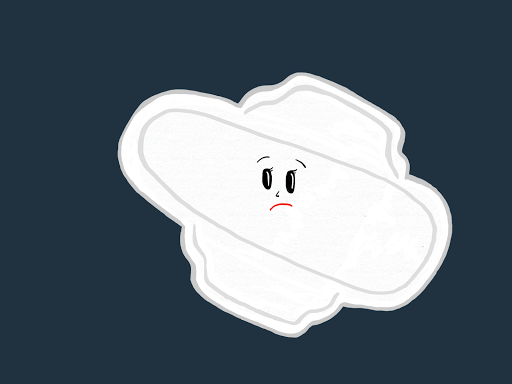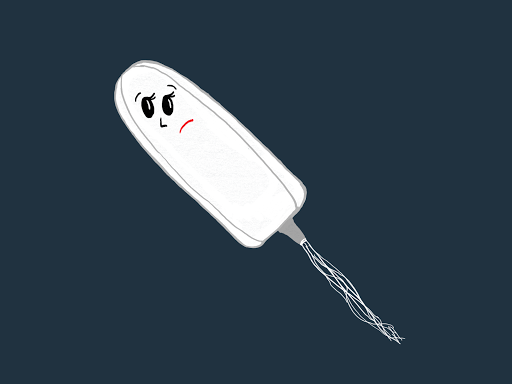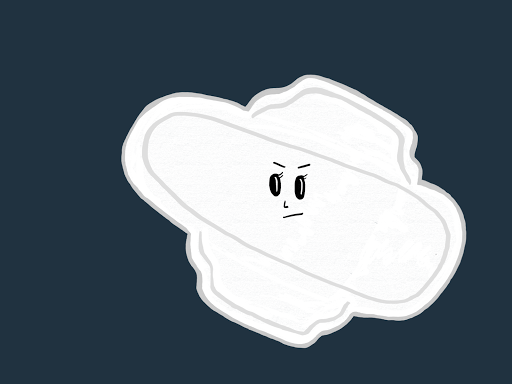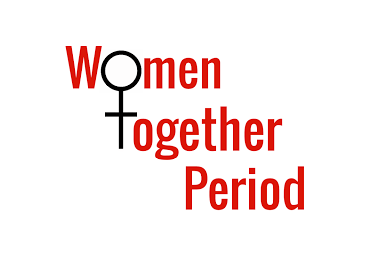The American Women’s Medical Association defines period poverty as “the inadequate access to menstrual hygiene tools and educations, including but not limited to sanitary products, washing facilities, and waste management.” Despite the over 24 million women in America living in poverty*, menstrual products cannot be purchased with food stamps. {Source: *US Census research from 2019.}
U by Kotex conducted an online survey in 2018 and again in 2021 to better understand access to period products. They found in 2018 that 31% of respondents had struggled to purchase period products at some point in their life; in 2021, this number had increased to 42%.
In a study of low-income women in the St. Louis, Missouri area, Dr. Sebert Kuhlmann and colleagues found “nearly two thirds (64%) of women were unable to afford needed menstrual hygiene supplies during the previous year. Approximately one fifth of women (21%) experienced this monthly.”
In a study conducted by BioMed Central, “14.2% of women had experienced period poverty ever in the past year; an additional 10% experienced it every month.” The same study also found that “compared to those who had never experienced period poverty, adjusted analysis revealed that women with monthly past-year period poverty were the most likely to report moderate/severe depression.”

Period poverty among students
In a study Commissioned by Thinx & PERIOD on the impact of period poverty in the United States, 84% of the 13-19 year-old women surveyed said that they “have either missed class time or know a classmate who missed class time because they did not have access to period products.” The same study found that of the women surveyed one in four reported that they themselves “have missed class because of lack of access to period products.” They also found that “two-thirds of teens have felt stress due to lack of access to period products.”

Impact of the stigma surrounding menstruation
In the same study by Thinx & PERIOD mentioned above, “80% (of the 13–19 year-old girls surveyed) feel there is a negative association with periods, that they are gross or unsanitary,” and “57% have felt personally affected by the negative association surrounding periods.”
There is no doubt that lack of access to necessary menstrual products and the stigma surrounding periods are serious issues facing America. Unfortunately, though, there have not been enough studies to date that show the full effects of period poverty. The reason for this is likely attributed to the fact that there is such a stigma surrounding menstruation and the products necessary for menstruation.

